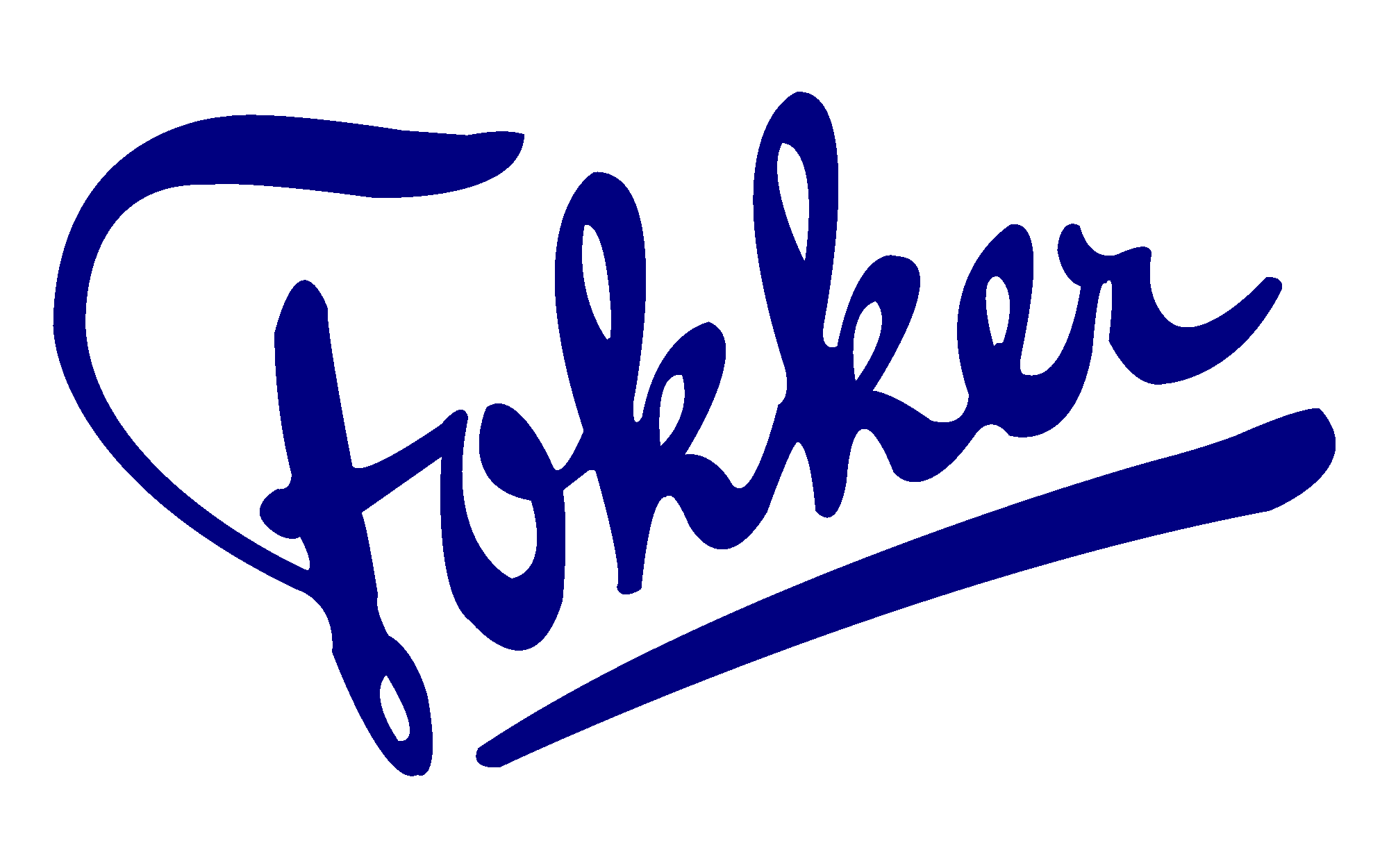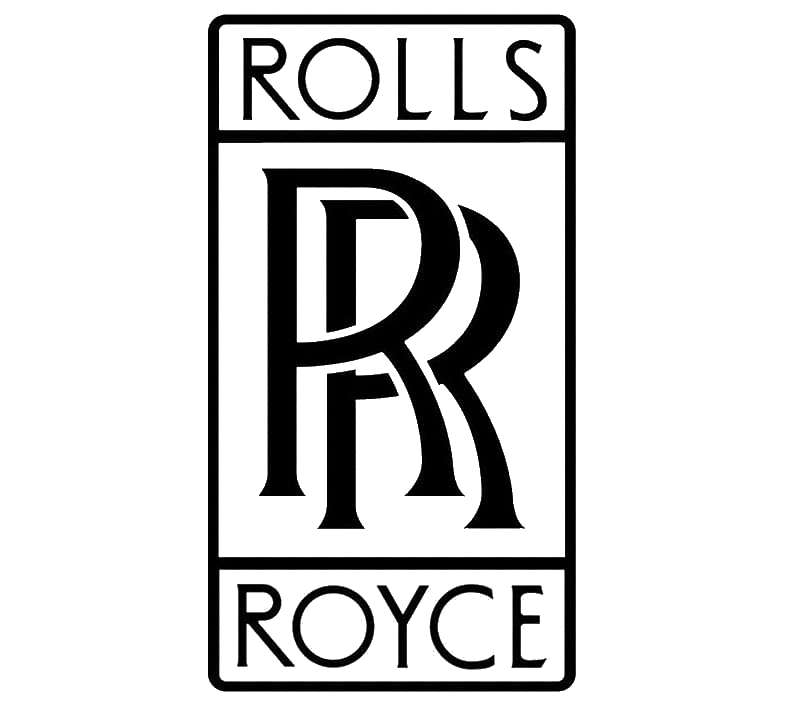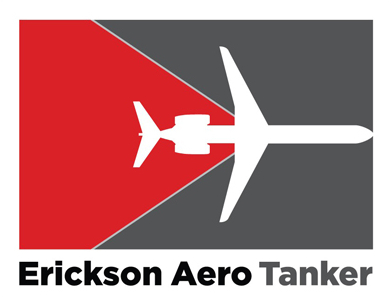Fokker VFW
614 Regional airliner
 |
|
| Muk Air VFW-614 | |
| Role | Regional airliner |
|---|---|
| Manufacturer | Fokker VFW |
| First flight | 14 July 1971 |
| Introduction | August 1975 |
| Retired | 7 December 2012 |
| Status | Retired |
| Primary users | German Air Force Touraine Air Transport Air Alsace Cimber Air |
| Number built | 19 |
|
|
.
History Fokker-Flugzeugwerke
VFW-Fokker 614 Regional airliner

The VFW-Fokker 614 (also VFW 614) was a twin-engined jetliner designed and constructed by West German aviation company VFW-Fokker. It is the first jet-powered passenger liner to be developed and produced in West Germany (the East German Baade 152 being the first German jet airliner), as well as the first German-built civil aircraft to have been manufactured for a decade.
Development and production

The VFW 614 was originally proposed in 1961 by the Entwicklungsring Nord (ERNO) group, comprising Focke-Wulf, Hamburger Flugzeugbau (HFB) and Weser as the E.614, a 36–40 seat aircraft powered by a pair of American-built Lycoming PLF1B-2 turbofan engines. During this time, the West German industry underwent a substantial reorganisation, resulting in the establishment of Vereinigte Flugtechnische Werke (VFW), based at Bremen, Germany. Development of what would become the VFW 614 proceeded under the new combined company
Design

The VFW-Fokker 614 was a twin-engined short haul regional airliner; it was developed as in part to serve as a replacement for the popular propeller-driven pre-war Douglas DC-3. The 614 was the first passenger jetliner to be developed by West Germany, and featured an unconventional engine configuration. In its era, the aircraft was one of the smallest and slowest airliners to have been produced. The VFW 614 was powered by a pair of Rolls-Royce/SNECMA M45H turbofan engines. This powerplant, being relatively quiet and smokeless, had been specially developed to power the airliner.[14] For further internal noise reduction, soundproofing was present within the cabin
0
KmCeiling
0
KmCombat RANGE
0
Km/hAircraft Speed
0
Max Crew
Photo Gallery
VFW-Fokker-Flugzeugwerke
VFW-Fokker 614 Regional airliner


Fokker-Flugzeugwerke
VFW-Fokker 614 Regional airliner
General Info
-
-
- Crew: 2
- Capacity: 40–44 passengers in 4 abreast seating
- Length: 20.6 m (67 ft 7 in)
- Wingspan: 21.5 m (70 ft 6 in)
- Height: 7.82 m (25 ft 8 in)
- Wing area: 64 m2 (690 sq ft)
-
Powerplant
-
-
- Empty weight: 12,179 kg (26,850 lb)
- Max takeoff weight: 19,958 kg (44,000 lb)
- Powerplant: 2 × Rolls-Royce/SNECMA M45H Mk. 501 turbofan engines, 33.2 kN (7,500 lbf) thrust each
-
-
-
Performance
- Maximum speed: 704 km/h (437 mph, 380 kn)
- Range: 1,195 km (743 mi, 645 nmi) with 40 passengers
- Service ceiling: 7,620 m (25,000 ft)
- Rate of climb: 15.75 m/s (3,100 ft/min)
-
Links to Youtube & Others
The earliest production D.VIIs were equipped with 170–180 hp Mercedes D.IIIa. Production quickly switched to the intended standard engine, the higher-compression 134 kW (180–200 hp) Mercedes D.IIIaü. Some early production D.VIIs delivered with the Mercedes D.IIIa were later re-engined with the D.IIIaü.
Fokker-Flugzeugwerke
VFW-Fokker 614 airliner
In September 1918, eight D.VIIs were delivered to Bulgaria. Late in 1918, the Austro-Hungarian company Magyar Általános Gépgyár
Youtube Link
When the Fokker D.VII entered squadron service with Jasta 10 in early May 1918, Allied pilots at first underestimated the new fighter because of its squarish, ungainly appearance.














.svg.png)